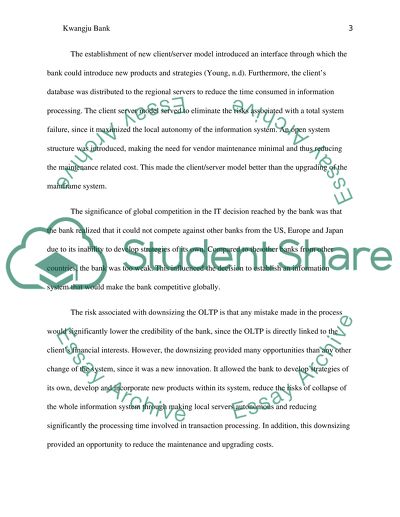Cite this document
(“From a Dinosaur to a Chameleon: Transformation of a Korean Bank Case Study”, n.d.)
From a Dinosaur to a Chameleon: Transformation of a Korean Bank Case Study. Retrieved from https://studentshare.org/information-technology/1445397-from-a-dinosaur-to-a-chameleon-transformation-of-a
From a Dinosaur to a Chameleon: Transformation of a Korean Bank Case Study. Retrieved from https://studentshare.org/information-technology/1445397-from-a-dinosaur-to-a-chameleon-transformation-of-a
(From a Dinosaur to a Chameleon: Transformation of a Korean Bank Case Study)
From a Dinosaur to a Chameleon: Transformation of a Korean Bank Case Study. https://studentshare.org/information-technology/1445397-from-a-dinosaur-to-a-chameleon-transformation-of-a.
From a Dinosaur to a Chameleon: Transformation of a Korean Bank Case Study. https://studentshare.org/information-technology/1445397-from-a-dinosaur-to-a-chameleon-transformation-of-a.
“From a Dinosaur to a Chameleon: Transformation of a Korean Bank Case Study”, n.d. https://studentshare.org/information-technology/1445397-from-a-dinosaur-to-a-chameleon-transformation-of-a.


